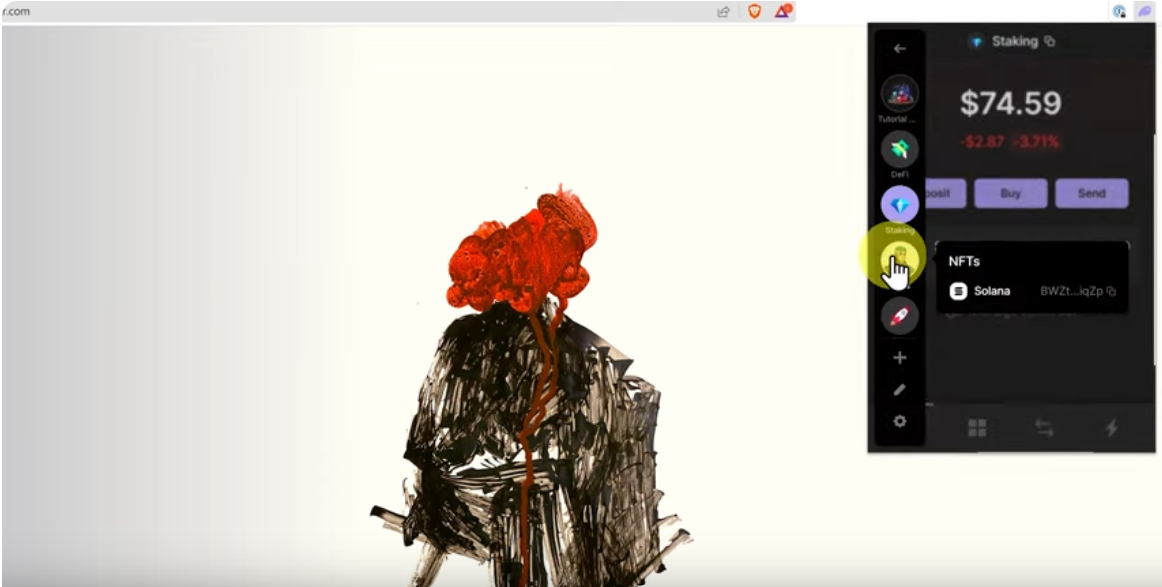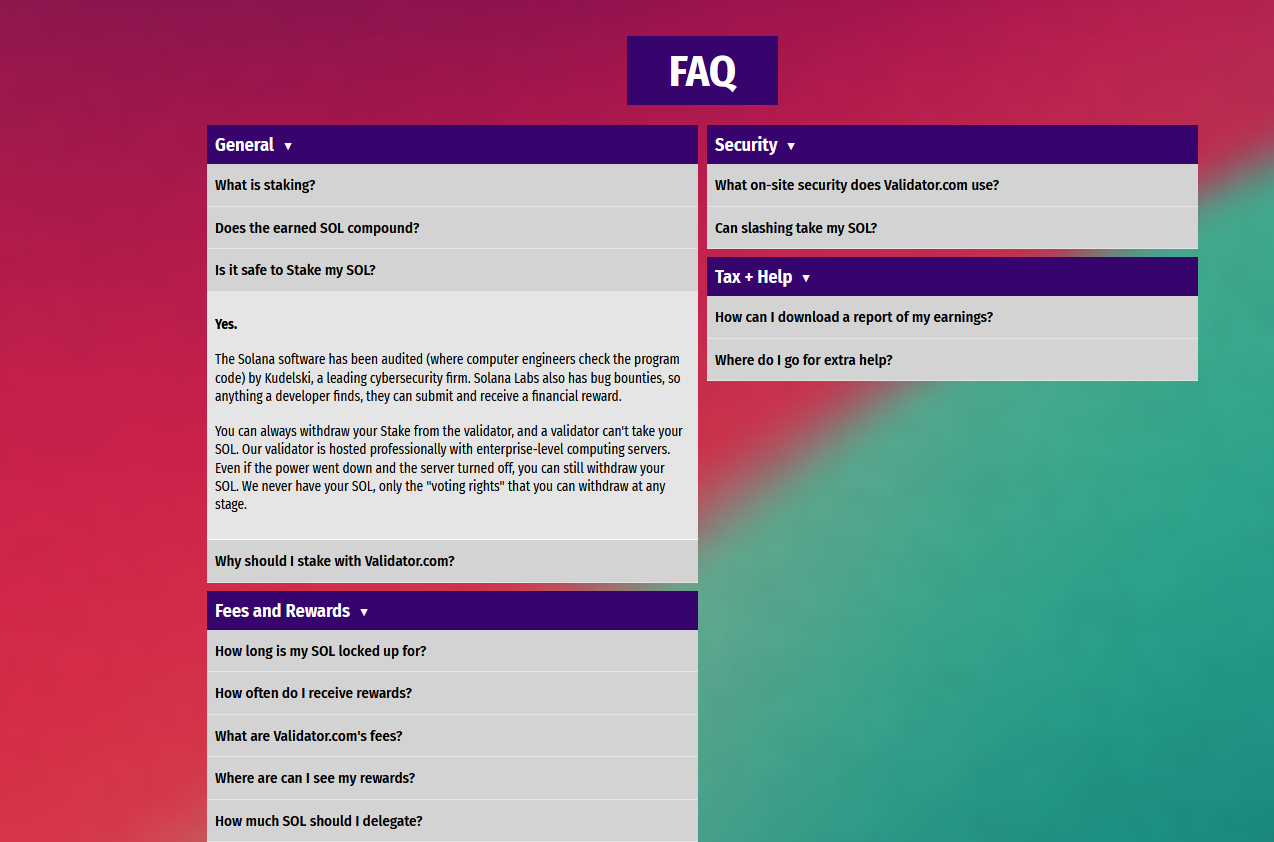How to Stake SOL for 8% Rewards
Hello, fellow crypto enthusiasts! Today, let’s delve into the exciting world of staking Solana (SOL) — a lucrative way to maximize your crypto assets. We’ll use Phantom Wallet in this step-by-step guide; the flexibility and simplicity of this wallet make it a great choice.
Step 1: Create Multiple Addresses for Different Activities
As a standard practice, I recommend setting up different addresses for different categories of activities, such as staking, buying NFTs, or participating in DeFi. For this tutorial, we’ll be using my staking address.

Step 2: Initiating the Staking Process
Once you’ve logged into your staking account in Phantom Wallet, navigate to Solana, which will display your current staking accounts (if you have any). If you’re new to the process, you’ll see an option to start earning Solana. Clicking on it will initiate the staking process.

Step 3: Selecting Your Validator
Next, we’ll select the validator. For this tutorial, I’ll be choosing validator.com.
The APY (Annual Percentage Yield) you’ll earn from staking will be displayed next to the validator you select.

At validator.com, we have a live APY calculator for you to check your rewards.

Step 4: Allocating SOL for Staking
Now, you’ll decide how much Solana (SOL) you wish to stake. You can stake the maximum amount in your wallet, but I prefer to keep a small cushion of SOL remaining. For this example, I staked 2 SOL. Once you’ve decided the amount, click the “Stake” button.

Just like that, your SOL is staked, and you’ll start earning rewards once the staked account becomes active (this usually takes up to a couple of days).

Step 5: Understanding Staking Basics
Now that we’ve staked our SOL, let’s delve into some important staking concepts:
Rent: A small amount of your staked SOL is tied up for “rent”, decreasing your staked SOL ever so slightly. However, you will retrieve this amount, along with any rewards, upon withdrawal.
Rewards: Your staked SOL accrues rewards over time. For example, if you’ve staked 1000 SOL, you will receive around 77 SOL as rewards annually.
Inflation: Not staking SOL can expose your holdings to inflation, diminishing its value. It’s therefore advisable to stake SOL whenever possible.
When you stake your SOL, your assets work for you by generating profitable returns.

Frequently Asked Questions
As expected, staking involves quite a few complexities, and it’s normal to have questions. For ease, validator.com includes a ‘Frequently Asked Questions’ section, providing simple and straightforward answers to common concerns. One such question: “Is it safe to stake my SOL?”

Simply put, staking your SOL is safe. Validators cannot take away your staked SOL, and you’re always allowed to withdraw your stake anytime.
Understanding Epochs, Commission Rates and Validators
An ‘epoch’ is a predetermined period of time on the Solana blockchain, typically around 2.5 days. Your staked SOL generates rewards every epoch.

Websites like SolanaBeach are great resources for tracking the current and upcoming epochs, giving you insight into when your staked SOL starts earning.
Getting Started with Staking
Now that we’ve covered the staking process, it’s your turn to try it out! Navigate over to your Phantom Wallet and stake away!
In my next post, I’ll cover more frequently asked questions about staking. Until then, stay curious and keep exploring the wide world of cryptocurrencies!
Disclaimer: This is a helpful blog. Follow me on my socials, but remember this is NOT FINANCIAL ADVICE. My opinions are my own; research more if you wish, best of luck on your crypto adventure!
Note: I am the General Manager of validator.com, so I would be happy to answer any further questions you have about staking.
Follow me on X: https://x.com/SebMontgomery
Follow validator.com on X: https://twitter.com/validatorcom

